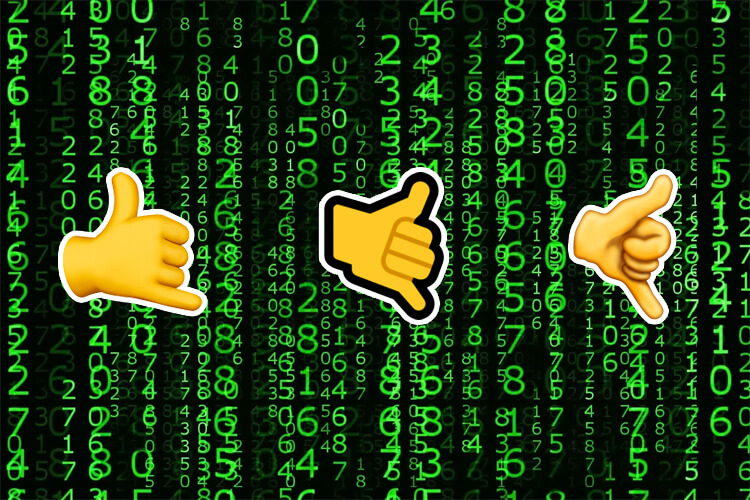It is one of the most popular emojis on social media and text messages sent from smartphones. But is it a "call me" hand sign or a shaka emoji?
The Unicode Consortium is a non-profit organization that manages character encoding schemes across several electronic and digital platforms.
The project initiated in 1987 aims to allow text and special characters to be shared across several computational systems universally and without re-engineering.
Unicode's ultimate goal is to become a global standard in communications.
The first emojis - graphic symbols representing a concept, object, or idea - appeared on Japanese mobile phones in 1997.
Since then, they have become a planetary success, a symbol of popular culture, and part of our daily lives on smartphones and social media.
The first official collection of 722 emojis was introduced in 2010. Ten years later, the number of colorful emojis grew to over 3,100.
Surf-Related Emojis
When it comes to surfing, wave riders have been quite lucky.
Despite not being one of the most popular sports by participation, surfers can use several surf-related emojis to communicate and express themselves.
The long and ever-growing list of emojis features male 🏄🏻♂️ and female 🏄🏻♀️ surfers with several skin tone options, a breaking wave 🌊, a tropical island 🏝️, a beach 🏖️, boardshorts 🩳, and a bikini 👙.
But there's another one with a curious story - the "call me" hand 🤙. Technically speaking, its HTML entity is 🤙 or 🤙.
Call Me Emoji or Shaka Emoji?
In June 2016, Unicode approved the release of an emoji that featured a hand with the thumb and the pinkie finger extended.
The original goal was to depict a hand making the classic phone-like shape and asking someone to "call me."
The idea was that it could be a useful emoji to use in conjunction with a face or smartphone to tell people to call back later.
However, users had other plans for the "call me" hand.
The truth is that it resembled the famous shaka sign, also known as hang loose. So, people started using them to express approval, positivity, or even to indicate that surf's up.
Unicode's official description of the "call me" hand notes that their emoji is "commonly used as a shaka sign, which is a similar gesture at a different orientation."
Well, in reality, there's no relevant difference between both ideograms, and most users will probably only see a shaka gesture.
Popularity Trends
It's virtually impossible to analyze the literal use of Unicode's ambiguous icon across the world.
But you can, at least, perform a general analysis and get an overview of what triggers interest in that particular emoji.
So, what exactly do people need when searching for graphic representation online?
Are they looking to copy and paste a code for the "call me" emoji, or are they more interested in getting the shaka hand sign?
SurferToday ran three different statistical tests in Google Trends, Ubersuggest, and Ahrefs.
In Google Trends, and at a worldwide level, the number of searches for the keywords "call me emoji" and "shaka emoji" are similar, with the "hang loose emoji" slightly behind.
In Ubersuggest and the United States, "shaka emoji" and "hang loose emoji" are tied with three times more online searches than "call me emoji."
In Ahrefs, and also in the United States, the "shaka emoji" and "hang loose emoji" are on top of the searches with nearly three times more hits than the "call me emoji."
In conclusion, the "shaka emoji" appears to be the most popular search made for the iconic image released in 2016.
